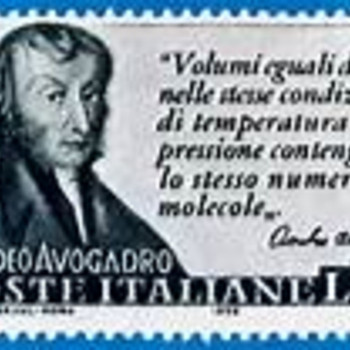A given mass of oxygen occupies 200 ml when the pressure is 400 mm of Hg. What volume will the gas occupy when the pressure is raised to 200 mmHg, provided the temperature remains constant?
1 Answer
Apr 18, 2017
At constant temperature,
Explanation:
Now we know that
So here
And
So
And we plug in the numbers, and expect reasonably that

